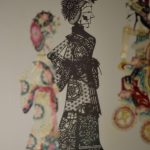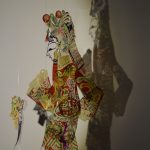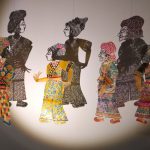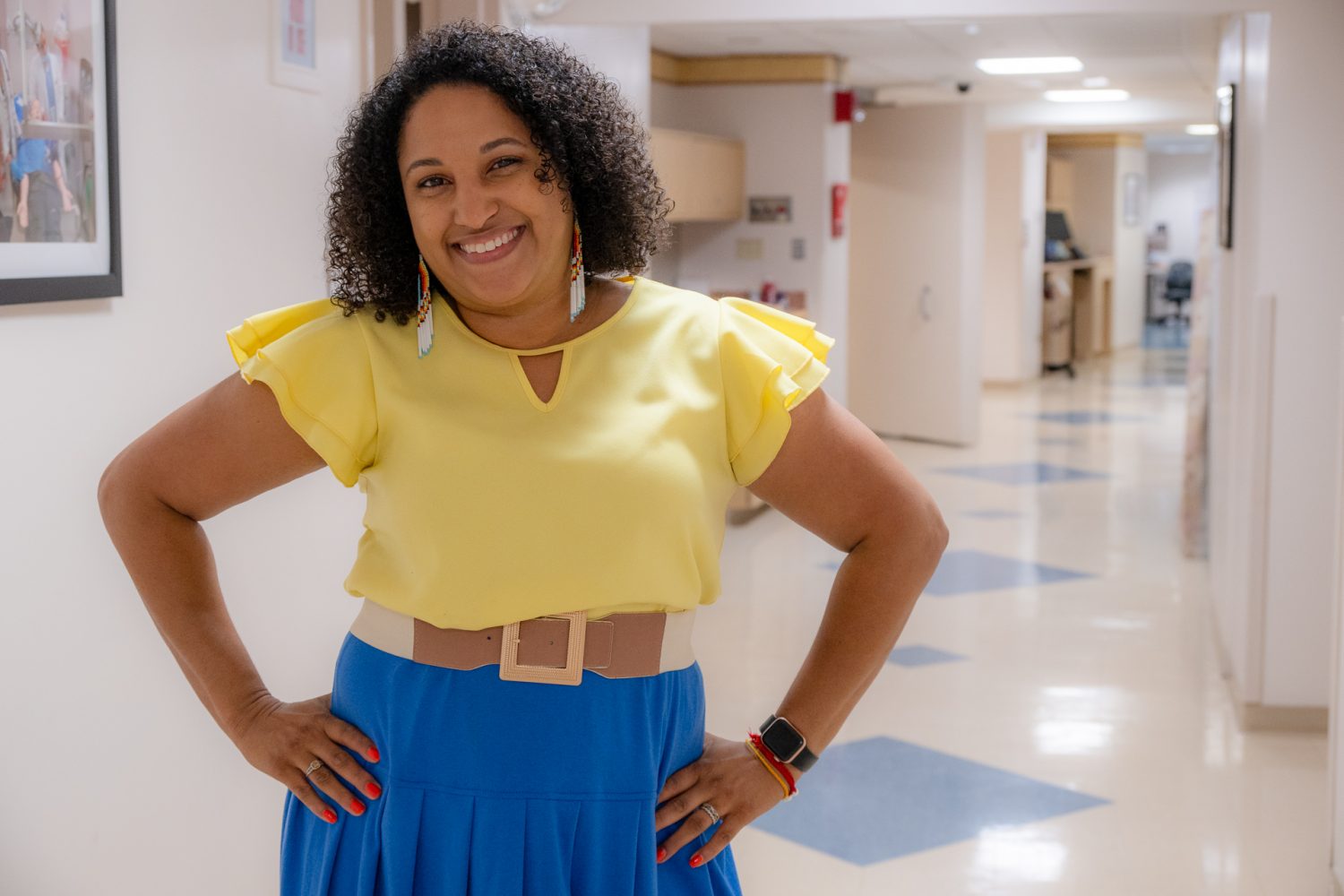The current exhibition at the Ballard Institute and Museum of Puppetry, “Immaterial Remains: Can You Preserve a Shadow?,” aims to not only showcase the art form, but also focus on the question of how to preserve shadow puppetry in China, where it first appeared during the Han Dynasty more than 2,000 years ago.
Chinese Shadow Puppetry is considered the nation’s oldest and most widespread form of material performance, yet in 2011 it was placed on the Intangible Cultural Heritage list of UNESCO (United Nations Educational, Scientific and Cultural Organization), which was established to safeguard, preserve and promote awareness of intangible folk arts around the world. There are now more than 500 art and culture items on the list.
Annie Katsura Rollins, curator of the Ballard Institute exhibition, has spent the past decade working to develop expertise in Chinese Shadow Puppetry and help it to survive a battle with cultural changes, urbanization and modern forms of entertainment. She also wants to improve understanding of how to preserve the traditions of the art form, which she says means both training new puppeteers and promoting live performances.
“There’s an antiquated understanding of what tradition is,” says Rollins, who is based in Toronto after earning a doctoral degree in interdisciplinary humanities at Concordia University in Montreal and completing a Fulbright Fellowship to research Chinese Shadow Puppetry. “We think it’s old and what once was. Actually traditions are always moving and changing with us. They always were moving and changing during the last 1,500 years, we just didn’t witness it. The tradition in order to survive needs to be with the present and be looking toward the future.”
There are 23 hand-made shadow puppets on display in the exhibition, with lights projecting the shadows of each puppet on a wall. The delicately carved details of clothing, facial features and hair are evident in the shadows of the puppets, which are in motion as air flows throughout the exhibition, bringing them to life on the walls. Samples of the dried cowhide used to make the puppets are available for visitors to touch and feel, both in the supple form needed for cutting designs with a sharp blade and the hard, dried end product that is painted dressing the puppets in colorful costumes. A video demonstrates how the puppets are made and manipulated, with Rollins’s note that, “If you can eat with chop sticks, you too can work a shadow puppet.”
In her curator’s statement Rollins says she curated the exhibition as a way of answering the question she seeking to resolve in her ongoing research: can you preserve a shadow? She notes the historic connection between shadow puppetry and the Daoist practice of “ghost calling.”
“Someone began to use actual manipulation of shadows as the conduit between this world and the other world,” Rollins says, adding that through her work with shadow puppeteers she gained an understanding of the significance and difference between a shadow puppet performance and a three-dimensional puppet show.
“When I was (in China) in 2008 I saw my first countryside performance – it was at a wedding, and the next one was at a funeral. For funerals, shadows are the go-between, the ambassadors between this world and the beyond,”
Rollins says, while no one at a funeral directly asks for a peaceful transition between the two worlds, “everybody knows it. It’s felt. That’s part of the significance of Chinese Shadow Puppetry and a lot of what I think is lost when the context and live performance aspect is removed in preservation.”
She says the years she spent in apprenticeship with master puppeteers in small villages remains the best way to transfer the traditions of Chinese Shadow Puppetry into the future. This also would help to provide another key to continuing the art form, what she describes as “practitioner-led creativity.”
“I think that’s the key to really keeping the form growing, evolving and relevant with the current society and culture,” Rollins says. “We need to emphasize live performance as a method of preservation so that every time it’s performed, it’s being continued instead of taking pictures and audio and archiving it on video. Those things only capture part of what a live performance is. It’s better to perform it live so people can see it.”
Rollins has also presented exhibitions, lectures and performances including at the Art Institute of Chicago, Montreal Botanical Gardens, Center for Puppetry Arts in Atlanta, Linden Center in Yunnan, China, and Rietveld Academie in the Netherlands. She has created the first comprehensive shadow puppetry site in English at www.chineseshadowpuppetry.com
In addition to the Chinese Shadow Puppets exhibition, The Ballard Institute also continues “Army Ants and their Guests: Works Inspired by the Carl and Marian Rettenmeyer Collection,” which features an array of specially commissioned new works of ant creations by puppeteers from around the world. The exhibition was done in collaboration with the AntU project of UConn’s Department of Ecology and Evolutionary Biology and the Connecticut Museum of Natural History. For more information about the Rettenmeyer Collection and AntU go to this UConn Today story.
“Immaterial Remains: Can You Preserve a Shadow?” and “Army Ants and their Guests: Works Inspired by the Carl and Marian Rettenmeyer Collection” continue through Feb. 20, 2020 at the Ballard Institute and Museum of Puppetry, 1 Royce Circle, Storrs. For more information go to https://bimp.uconn.edu.






